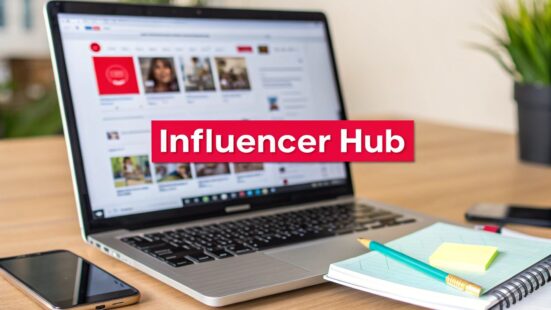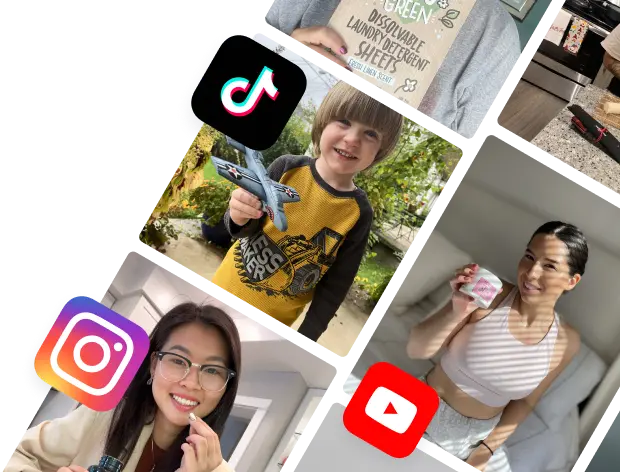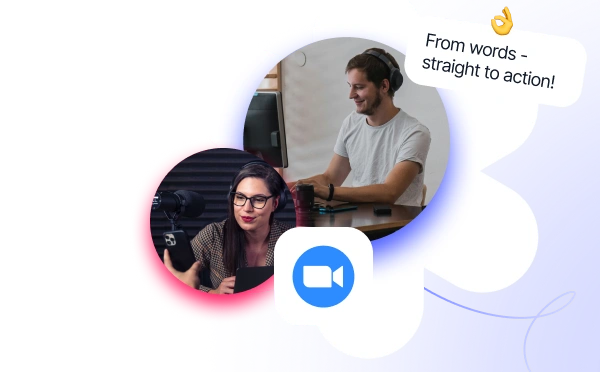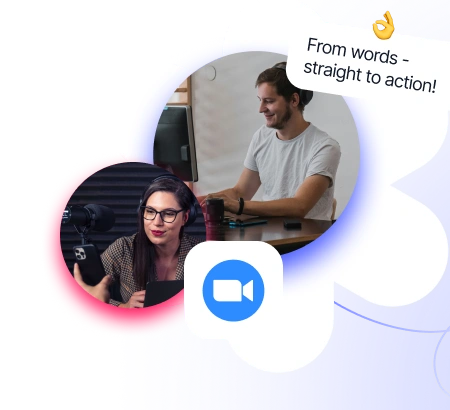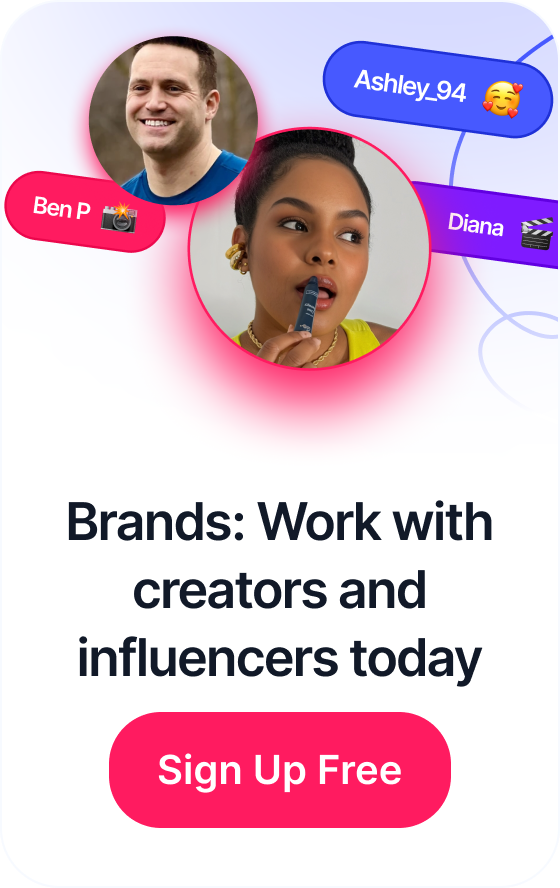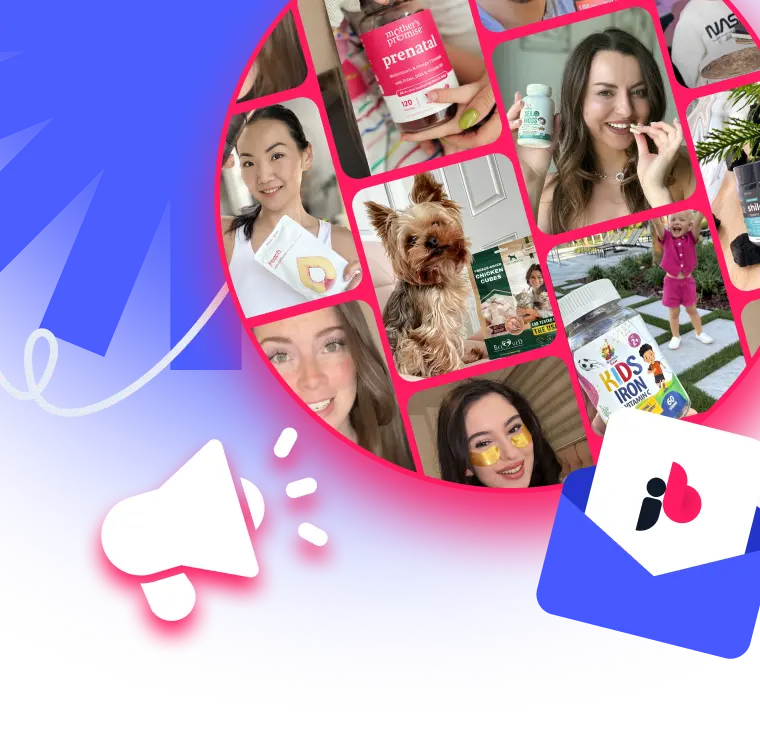 How to Increase Brand Awareness on Social Media: Tips & Strategies
How to Increase Brand Awareness on Social Media: Tips & Strategies
Before we jump into the how of finding YouTube influencers, let's nail down the why. It's easy to get lost in the noise of other platforms, but YouTube is a different beast entirely. It’s where deep, authentic connections are forged, turning creators into trusted voices whose recommendations genuinely move the needle on sales.
Table of Contents
Why YouTube Influencers Are Your Next Big Win
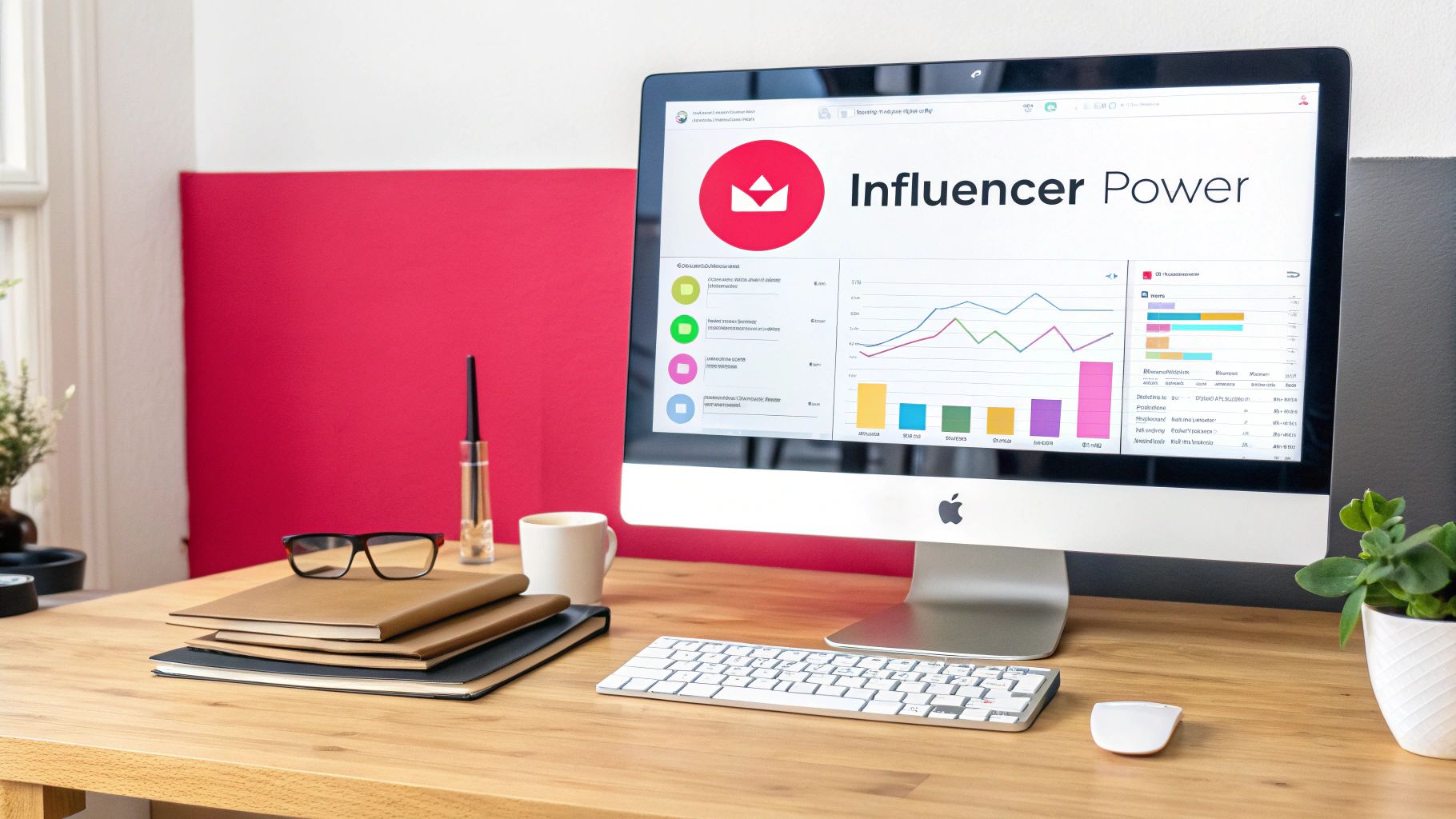
While many brands chase quick-hit metrics on platforms designed for scrolling, YouTube plays the long game. It's a destination. People go there to learn, to be entertained, and to get in-depth reviews on products they’re serious about buying.
Think about your own behavior. When you need an honest take on a new phone or a detailed tutorial for a tricky piece of software, where do you go? Chances are, it's YouTube. You're not just passively consuming content; you're actively seeking guidance from someone you trust. This environment turns an influencer’s endorsement into something that feels less like a commercial and more like solid advice from a knowledgeable friend.
The Power of Long-Form Connection
The video format is incredibly immersive. A 15-minute product review or a "day-in-the-life" vlog gives a creator the space to show a product's true value in a real-world setting. You just can't get that from a single photo or a 30-second clip. This extended screen time builds a much stronger, more memorable bond between the viewer, the creator, and by extension, your brand.
And the scale is just staggering. By 2025, YouTube is projected to have around 2.85 billion monthly active users. It’s a global stage waiting for your brand. With nearly half of all US marketers already planning to work with YouTube creators, the opportunity is massive. You can learn more about how this massive user base translates into real business growth by exploring the core benefits of influencer marketing.
From Awareness to Action
A smart YouTube collaboration does so much more than just get your name out there. It guides potential customers all the way from consideration to conversion by delivering the detailed info and social proof they need to click "buy" with confidence.
Here’s what that looks like in practice:
- In-depth Product Demos: A creator can unbox your product, show off every feature, and answer common questions before a customer even thinks to ask them. It's a level of detail static ads can only dream of.
- Authentic Storytelling: The best influencers don't just review a product; they weave it into their lives. This creates relatable content that connects with viewers on an emotional level and builds positive brand association.
- Hyper-Targeted Niches: You can tap into highly specific communities, whether it's hardcore PC gamers, zero-waste living enthusiasts, or anything in between. Your message lands exactly where it will have the most impact.
When you partner with a YouTube creator, you're not just buying ad space—you're borrowing trust. Their hard-earned credibility becomes your credibility, opening a direct and authentic channel to a highly engaged audience.
Laying the Groundwork for Your Influencer Search
Before you even think about typing a keyword into the YouTube search bar, you need to pause. The most important work happens right now, before the search even begins.
Diving in headfirst without a clear plan is like sailing without a map. Sure, you might stumble upon something interesting, but you’ll waste a ton of time and probably won't end up where you need to be. A successful influencer campaign is built on a solid foundation of smart, strategic decisions made from the get-go.
First things first: what does a "win" actually look like for your brand? Are you trying to get your name in front of as many relevant eyeballs as possible for broad brand awareness? Or is the goal more direct, like driving immediate sales for a new product? Maybe you just need a steady stream of high-quality leads for your sales team.
Each of these goals calls for a completely different type of creator. A sales-focused campaign needs an influencer who is a master of compelling product reviews and has a knack for a clear, convincing call-to-action. On the other hand, a brand awareness push might be better served by a creator known for entertaining, highly shareable content where your brand is integrated more naturally.
Building Your Ideal Creator Persona
Once you've nailed down your goals, it's time to build out your ideal creator persona. This goes way beyond just looking at subscriber counts. You're looking for a true partner whose brand DNA aligns with yours. Think of it as creating a detailed dating profile for your perfect collaborator. Getting this right makes the entire search process incredibly efficient.
The flow is simple: move from your broad goals to specific filters that will streamline your search.
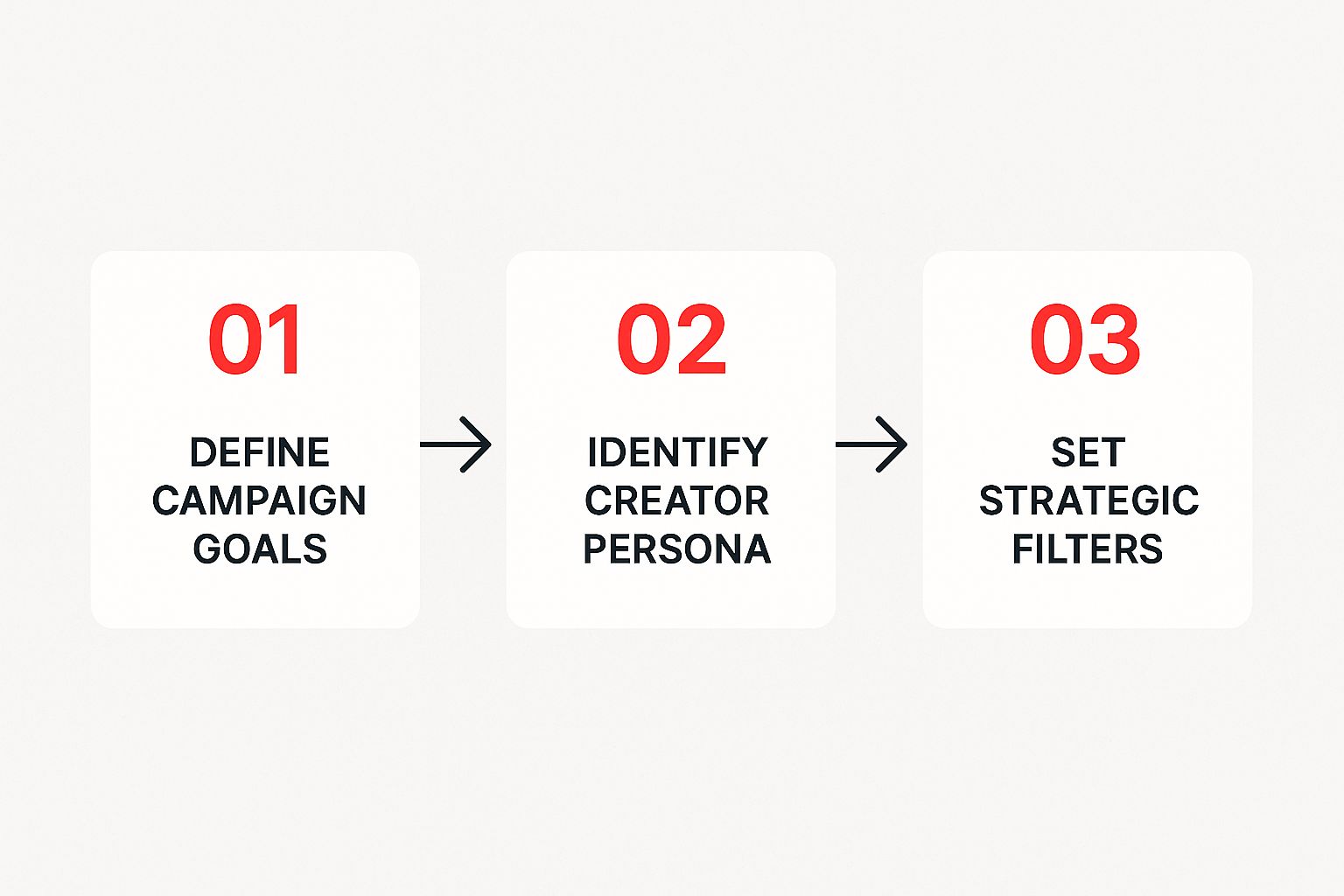
This methodical approach is your best defense against wasting time and money. Every step builds logically on the last, ensuring you don't get sidetracked.
When building your persona, consider these crucial attributes:
- Niche Alignment: Is their channel genuinely relevant to your product? If you're a tech gadget brand, you should be looking for creators in consumer electronics or productivity, not a beauty vlogger. It sounds obvious, but you'd be surprised how often this gets missed.
- Content Style and Quality: Does their video style—whether it's highly polished and cinematic or raw and authentic—match your brand’s vibe? Poor production quality or a clashing tone can make your own product look bad by association.
- Audience Demographics: Forget vanity metrics for a second. Who is actually watching their videos? If you sell a product for new parents in the UK, a creator whose audience is mostly American teenagers is a terrible fit, no matter how many views they get.
- Brand Values: How do they carry themselves online? Do their past collaborations and public statements align with what your company stands for? A mismatch here can quickly turn into a brand safety nightmare.
Building this persona is your most powerful tool. It transforms your search from a frustrating hunt for a needle in a haystack into a focused mission to find the perfect partner who can genuinely advocate for your brand.
Mastering Manual Search Techniques on YouTube
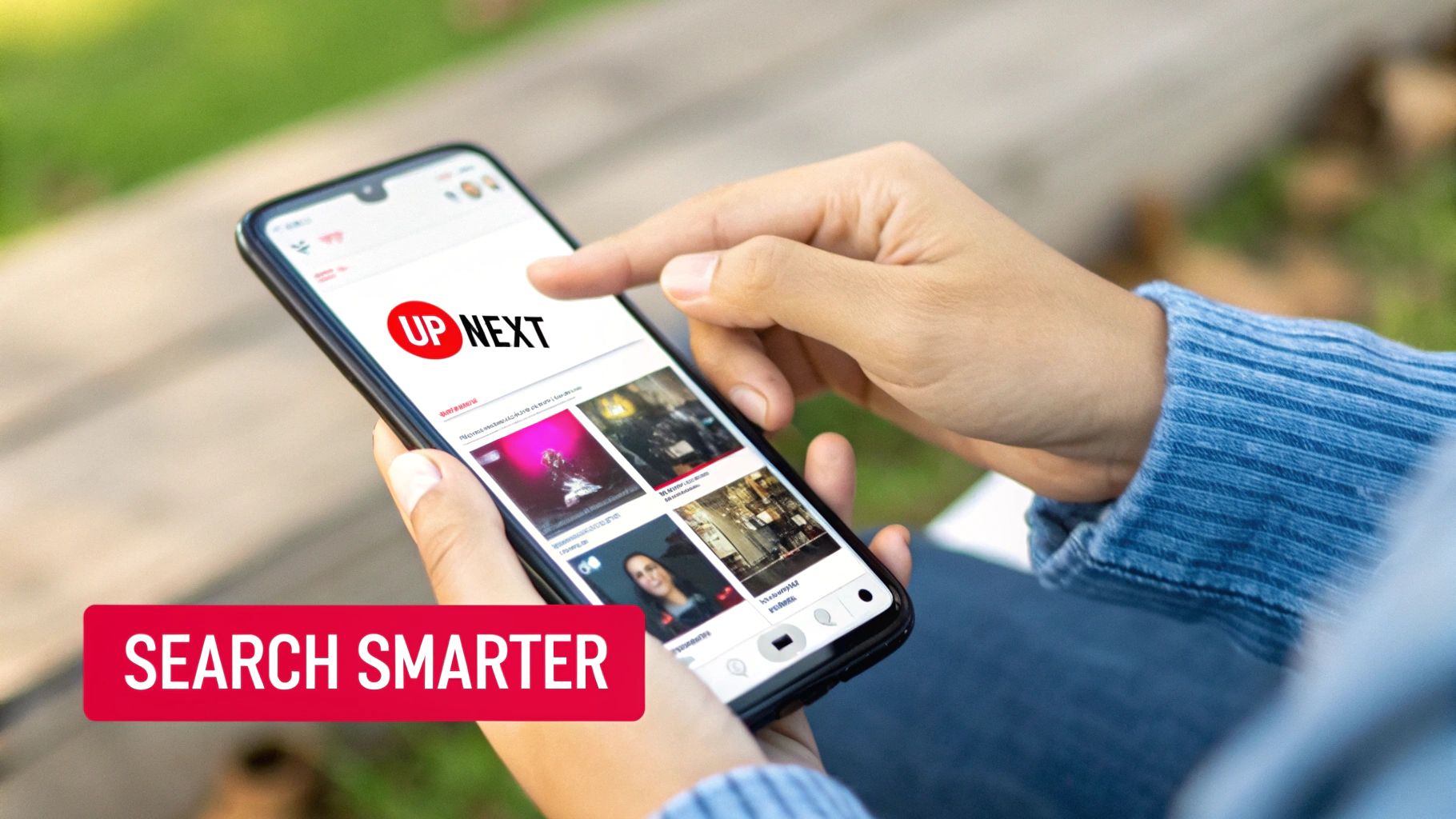
While platforms and tools are great for finding influencers, there's a real art to digging through YouTube yourself. Think of it like being a digital detective. This hands-on approach lets you uncover hidden gems and high-potential partners before they show up on everyone else's radar.
It all starts with your search terms, but you have to think way beyond the obvious. Put yourself in your customer's shoes. What specific problems are they trying to solve? What weirdly specific, long-tail phrases are they typing into that search bar at 2 AM?
If you’re a skincare brand, searching for "skincare routine" is just scratching the surface. Get specific. Try "hyperpigmentation treatment for sensitive skin" or "best affordable vitamin c serum." These kinds of intent-driven searches will drop you right into the world of niche creators who are already solving your audience's exact problems.
Unlocking Advanced Search Operators
To really dial in your search, you've got to use YouTube's built-in search operators. They’re simple commands that act like powerful filters, letting you slice through the noise with incredible precision.
Here are a few of my go-tos that you should start using immediately:
- Quotation Marks (""): Putting your search term in quotes, like "your keyword phrase", forces YouTube to find videos with that exact phrase in the title. It’s perfect when you need to get hyper-specific.
- Intitle: Using
intitle:reviewtells the algorithm to only show videos with the word "review" in the title. This is a quick way to find product-focused content. - Minus Sign (-): This one is a game-changer. Add
-brandnameto your search to exclude a specific competitor. It's a fantastic way to clear out the usual suspects and discover some fresh faces.
These little tweaks can turn a generic, hours-long scroll session into a targeted, 20-minute investigation.
To help you decide which method to start with, here’s a quick breakdown of these manual search strategies.
Manual Search Methods Compared
| Search Method | Primary Goal | Best For Finding |
|---|---|---|
| Long-Tail Keywords | Align with customer intent | Niche experts solving specific problems |
| Search Operators | Filter and refine results | Creators focused on reviews or specific topics |
| Recommendation Engine | Discover similar creators | A web of interconnected influencers in a niche |
| Comment Sections | Tap into audience suggestions | Up-and-coming creators trusted by your target demo |
Ultimately, the best approach is a mix of all four. Use one to find a starting point, then let the others guide your discovery process.
The real value of manual searching isn't just finding one creator; it's about understanding the entire ecosystem. Each video you watch becomes a launchpad for discovering more potential partners through the platform's own recommendation algorithms.
Mining YouTube’s Recommendation Engine
Found a promising creator? Great. Your work has just begun. Now, it's time to let YouTube's algorithm become your most powerful research assistant.
Once you’ve watched a relevant video, two areas on the page become a goldmine of information:
- The "Up Next" Sidebar: This is where the magic happens. The algorithm will start suggesting videos from similar creators in the exact same niche. Let one video lead you to the next, following the breadcrumb trail of potential partners.
- The "Related Channels" Section: Head over to a creator's channel page and look for the "Channels" tab. Many YouTubers use this to feature other creators they admire or frequently collaborate with. It’s basically a curated list of influencers, hand-picked by someone already deep in your niche.
Finally, don’t sleep on the comment section. It’s a direct window into what your target audience is thinking and who they're watching. Scan the comments for viewers mentioning other creators they follow for similar content. You'll be amazed at how often you find the names of rising stars recommended by the very people you want to reach.
How to Properly Vet Potential YouTube Partners

Finding a channel that looks promising is just the start. Now for the real work: vetting. This is where you have to roll up your sleeves, look past the shiny subscriber count, and really dig into the data. It's the step that separates a home-run partnership from a costly mistake.
A big subscriber number can easily fool you. What you're actually looking for is an engaged, authentic community. It's about influence, not just audience size. You need to pop the hood and make sure the creator is a genuine fit and a safe bet for your brand.
Looking Beyond Subscriber Count
Let's be blunt: subscriber numbers are a vanity metric. They tell you how many people clicked a button at some point, not how many are actually watching, trusting, and buying based on that creator's recommendations.
To get a real sense of a channel's health, start with the view-to-subscriber ratio. Think about it. A channel with one million subscribers averaging only 20,000 views per video has a 2% ratio. That's not great. Compare that to a creator with 100,000 subs who consistently pulls 30,000 views—a 30% ratio. The second channel is punching way above its weight and clearly has a much more dedicated audience.
From there, look at the likes-to-views ratio and, more importantly, the comments. Is the comment section a ghost town, or is it buzzing with relevant conversations? An active community is one of the strongest signals you can find. If you're new to this, learning how to track social media analytics will give you the benchmarks you need to spot what a healthy channel looks like in your niche.
A creator's true value isn't their subscriber count; it's the trust they've built with their audience. Your job is to verify that this trust is real, relevant, and transferable to your brand.
Assessing Content Quality and Brand Alignment
Once the numbers tell a good story, it's time to actually watch the content. Go on a binge. Does the production quality, the creator's tone, and the overall vibe feel like a good match for your brand?
Consistency is also key. Are they posting on a predictable schedule, or is it completely random? A creator who treats their channel like a business is much more likely to be a reliable and professional partner.
Most importantly, you need to watch their past sponsored videos. This is non-negotiable.
- How do they handle integrations? Does it feel like a clunky, tacked-on ad read, or do they find a creative way to weave the brand's message into their normal content style?
- What was the audience reaction? The comments section is a goldmine here. Are people receptive and interested, or is it a wall of complaints about them "selling out"?
- Who else have they worked with? If their recent partners include your direct competitors or, even worse, brands whose values clash with yours, that’s a huge red flag.
Spotting Red Flags and Ensuring Brand Safety
The last piece of the puzzle is a brand safety audit. Remember, you're not just buying a video spot; you're tying your brand's reputation to this person's entire digital history. A simple Google search for their channel name plus terms like "controversy" or "drama" can save you a world of headaches later on.
Be on the lookout for signs of fake engagement. Generic, bot-like comments ("Great video!") repeated over and over are a classic giveaway, as are sudden, massive spikes in their subscriber graph that don't match their view counts.
This isn't just about vetting their content, but their professionalism too. Having solid project management for creative teams on your end helps, but you need a partner who can meet you halfway. This deep-dive vetting is what ensures you find partners who will elevate your brand, not put it at risk.
Scrapping for channels manually is a fantastic way to get a feel for a niche, but let's be honest—it takes forever. When you're ready to scale up your influencer marketing and find creators on YouTube without losing your mind, dedicated tools are a game-changer. These platforms can shrink your research time from days down to a few hours.
Think of these tools as a hyper-focused search engine built just for creators. Instead of randomly digging through YouTube, you get to apply incredibly specific filters to find exactly the right person. This is the kind of deep-dive searching that YouTube's own search bar just can't handle.
To really get efficient with identifying and managing your YouTube partnerships, a dedicated influencer tracking software will speed everything up. These tools go way beyond just finding someone; they help you run the entire campaign from start to finish.
So, How Do These Platforms Actually Work?
At their heart, these platforms are massive databases of creator information. They pull in and analyze everything you can think of: audience demographics, engagement rates, past brand deals, and even how well specific videos performed. This gives you a complete picture of a potential partner before you even think about sending that first email.
Here's what makes them so powerful:
- Advanced Audience Filtering: Need to find creators whose audience is primarily in Chicago, between the ages of 25-34, and interested in sustainable fashion? You can do that. This makes sure your message gets in front of the people who will actually care.
- Performance Metrics: No more manually calculating engagement rates. You can instantly see critical stats like average views, subscriber growth trends, and engagement percentages. It's the fastest way to check if a channel is healthy and growing.
- Contact Info: One of the biggest time-sucks is hunting for an email address in a channel's "About" tab. Many of these tools pull that information for you or have built-in ways to contact creators directly.
A standard YouTube channel gives you the basics, but you have to do all the heavy lifting to find contact info and figure out their real influence.
This data-first approach takes the guesswork out of your search. You can build a highly specific list of creators you know are a good fit.
Finding the Right Tool for Your Budget and Needs
The market for influencer platforms is huge, with options for every budget and team size. They typically break down into two main camps:
- Enterprise-Level Platforms: These are the all-in-one powerhouses for big brands and agencies. They handle everything from discovery and campaign management to payments and deep analytics. Of course, they come with a hefty price tag.
- SMB & Niche Tools: These are more budget-friendly options that focus on the discovery and vetting part of the process. They're perfect for smaller businesses or anyone just dipping their toes into influencer marketing, giving you the essential search tools without the enterprise-level cost.
The real goal isn't just to find an influencer; it's to find the right one without wasting weeks doing it. Picking a tool that fits your scale and budget might be the single best decision you make to streamline your whole process.
Getting familiar with the different tools out there is a critical first step. For a much deeper look, check out some of the comprehensive guides on the best influencer marketing platforms to see what solution really aligns with your campaign goals and budget. Making the right choice here will save you a ton of time and lead to much better partnerships down the road.
Frequently Asked Questions About Finding Influencers
So you’ve started to build a list of potential YouTube partners. Awesome. But that’s when a whole new set of questions usually pops up. How much is this going to cost? What’s the right way to even start a conversation without sounding like a corporate robot?
Let’s get into the practical side of things. Moving from a name on a spreadsheet to a real, collaborative partnership is less about searching and more about smart negotiation and building genuine relationships.
What Is a Fair Price for a YouTube Collaboration?
This is the million-dollar question, isn't it? The honest answer is: it depends. There’s no standardized rate card for YouTube, and pricing can swing wildly based on a creator's audience size, niche, and—most importantly—their engagement.
As a very rough starting point, a micro-influencer with anywhere from 10,000 to 100,000 subscribers might ask for $200 to $1,000 for a dedicated video.
But don't get hung up on subscriber counts. That number can be a vanity metric. A creator with a smaller, super-engaged audience in a specialized niche (like financial software or niche hobby gear) can easily command higher fees than a massive channel with a general-interest audience. Why? Because their audience actually listens.
Your budget should always reflect the creator's value, not just their follower count. A highly-targeted, engaged audience is absolutely worth paying a premium for. The ROI is almost always better.
How Should I Reach Out to an Influencer?
First rule: forget the generic, copy-paste email templates. They can smell them a mile away. Creators, especially good ones, are bombarded with dozens of partnership requests every single day. Yours has to cut through the noise.
Try a simple, human approach that actually works:
- Find their business email. It's almost always listed on the "About" tab of their YouTube channel. Using it shows you've put in at least a minimal amount of effort.
- Personalize your opening line. Mention a specific video you watched and genuinely liked. Tell them why it caught your attention. This one small step instantly proves you're not just another brand spamming a list.
- Keep it clear and concise. Briefly introduce your brand. Explain why you think a partnership would be a great fit for their audience (not just for you). Then, give them a quick one-sentence idea of the campaign you have in mind.
Your first email should be short and sweet. The goal here is just to open a door and start a conversation, not hit them with a ten-page creative brief right out of the gate.
What Are Common Mistakes to Avoid?
When you first start trying to find influencers on YouTube, it’s easy to stumble into a few classic traps.
The most common mistake is obsessing over vanity metrics like subscriber counts. You have to look deeper. Check the comments section, look at their like-to-view ratio, and see if the audience is actually engaged or if it's just a ghost town.
Another huge pitfall is skipping the brand safety check. Do a quick Google search for the creator's name plus words like "controversy" or "drama." A five-minute search can save you from a major PR headache down the road.
Finally, don't lowball people. Offering fair compensation shows you respect their craft and their business. It lays the groundwork for a positive, long-term relationship instead of a transactional one-off deal.
Ready to stop searching and start collaborating? JoinBrands connects you with over 250,000 vetted creators to accelerate your sales and amplify your social presence. Find your perfect match and launch your next winning campaign today at https://joinbrands.com.
